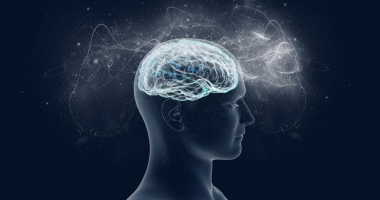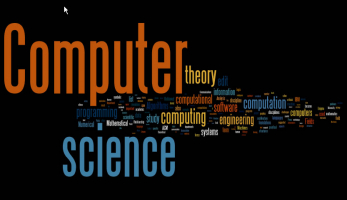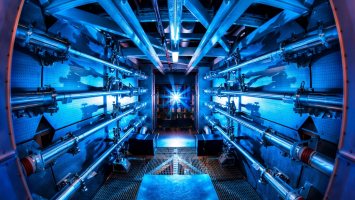Top 10 Incredible Particles That Science Has Discovered
Everything that is, according to quantum physics, is composed of particles. Matter, light, visible and invisible things Particles make up everything, and they ... read more...govern how the cosmos works. Some, like electrons, are widespread and well known to the majority of us. Quarks are one of the more peculiar types. However, the fundamental concept of any particle is that it is a simple entity made up of nothing else. An atom is composed of protons, neutrons, and electrons. A particle, however, cannot be divided into anything else. In light of that, let's examine some of the most incredible ones that science has discovered—or at least believes it has discovered.
-
The modest photon, ah. Everyone is aware of photons. Light as we know it is made up of photons, tiny units of electromagnetic energy that enable light to act as both a particle and a wave. Of course, photons are more than just the light from your phone's screen reaching your eyes to let you view this. A photon is an elementary particle that is a quantum of the electromagnetic field, including electromagnetic radiation like light and radio waves, and is the force carrier for the electromagnetic force.
Due to their lack of mass, photons always travel at the speed of light in a vacuum, which is 299792458 m/s (or 186,282 mi/s). The photon is a member of the boson family. They are also the wifi that connects you to the internet, in addition to radio waves, microwaves, x-rays, gamma rays, and other technologies.
Photons are responsible for enabling what we perceive. In other words, those photons went that far to get here when we look across the cosmos and see a star that exploded a billion years ago, making them major workhorses of the particle world.
Composition: Elementary particle
Statistics: Bosonic
Family: Gauge boson
Interactions: Electromagnetic, weak (and gravity)
Symbol: γ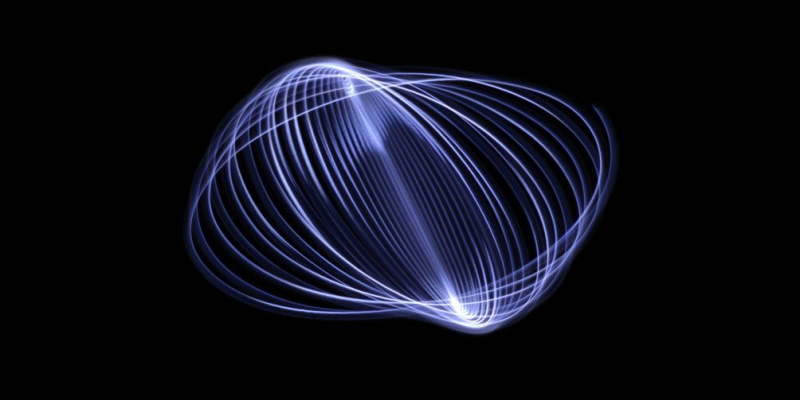
https://www.treehugger.com 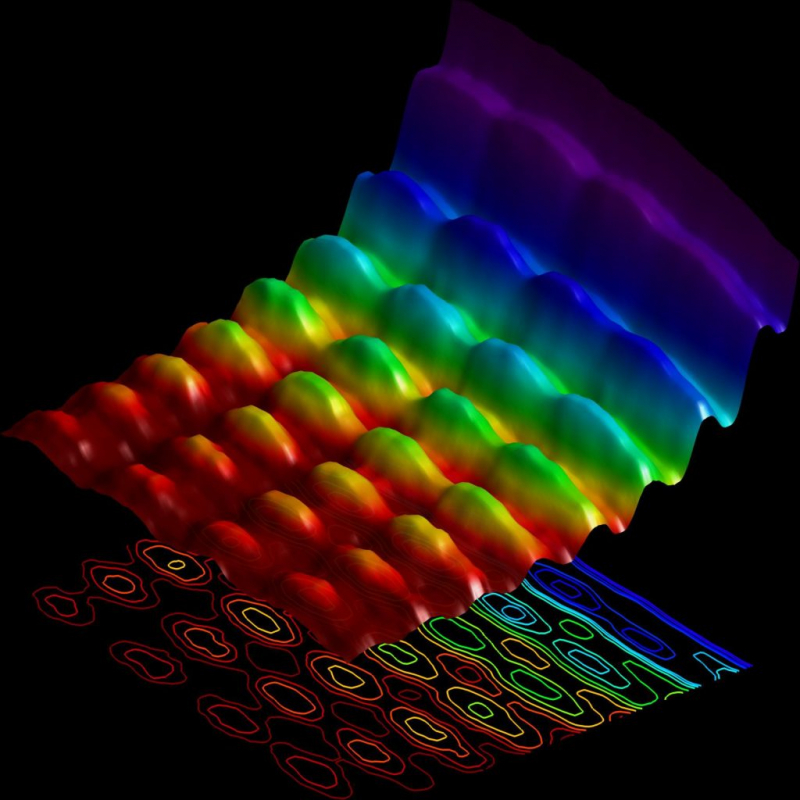
https://amazingsciencefacts.com -
Sparticle is a fantastic word that conjures images of Spartacus and particles, but it is only partially true. The "s" stands for "supersymmetric" in the portion. Meaning that the existence of sparticles, which are supersymmetric particles, could rip open the physics' enigmas like a coconut.
The mainstream model of particle physics, as useful as it is, has numerous holes, as we have seen. Describe dark matter. How does gravity function? Why do muons jiggle? Questions abound on the origin of mass and other topics. There are enough unanswered concerns to make you wonder if the conventional model is even still worthwhile to pursue, or if a completely new model needs to be developed. Unless, of course, you can squeeze some particles in.
A supersymmetry hypothesis can explain a lot of the problems we have with particle physics. This implies that each particle has a supersymmetrical partner. Theoretically, these companion particles could close a variety of gaps in our knowledge of the universe. To find these entities, they even created the Large Hadron Collider. It didn't work, too. This doesn't necessarily imply that the theory is incorrect; rather, it only underscores the difficulty of physics and the length of time required to comprehend the basics of reality.
https://www.youtube.com/ 
https://store.steampowered.com/ -
The phrase "dark matter" has certainly crossed your lips before, but if you're not sure what it means, you're welcome to the club. Even if science struggles with it, it provides many answers to fundamental issues about the nature of the universe and can currently be used to explain a wide range of cosmic events. Based on our data, the motion of galaxies is illogical. Galaxies look to be far larger than they actually are, and they move as such. Any galaxy must be held together by a hidden source of mass, and dark matter is that source.
The name "dark matter" refers to a substance that does not reflect, absorb, or emit electromagnetic. Since it is virtually invisible, it is only an idea. However, what it does is emit gravity, which keeps the cosmos in place. There is a lot of it as well. In fact, it makes up about 80% of the universe's total mass.
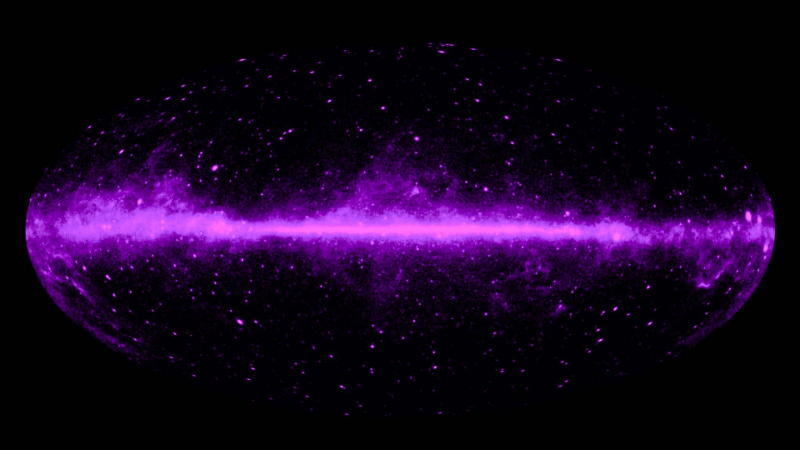
http://www.pbs.org 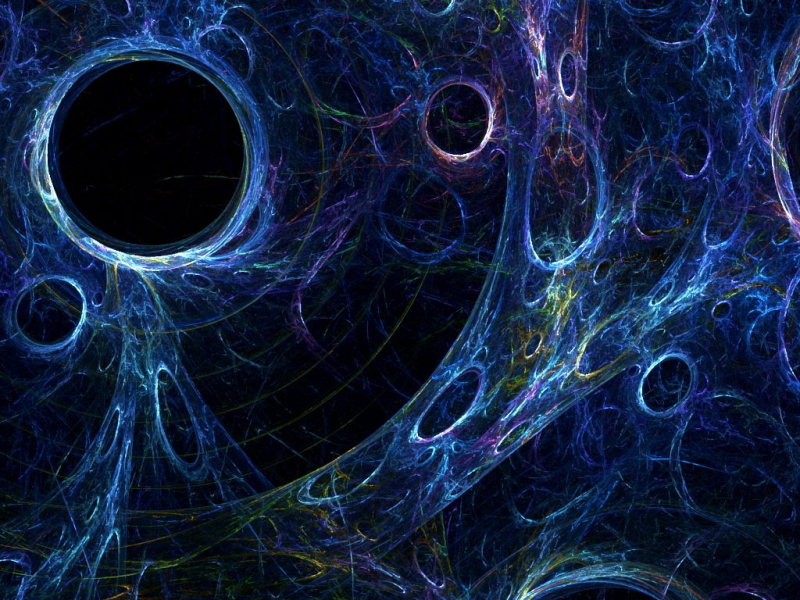
http://www.zmescience.com/ -
Tachyons, at least among certain people, can be credited to Star Trek. If it weren't for the completely bizarre character of these theoretical particles, they would probably be obscure and unknown. Just keep in mind that although some physicists believe they exist, they are not technically real.
The primary characteristic of a tachyon would be its speed. They move more quickly than light. Because nothing moves faster than light, many people assume that a tachyon cannot exist. But if there is proof, theoretical physics is open to accommodating anything.
According to what we know about time, a tachyon might move backwards through time if it moves faster than the speed of light. Normally, we assume that nothing can go faster than light since doing so would cause both its mass and the energy required to carry it to grow.
You would essentially be stationary at the speed of light. Tachions, however, accelerate as they lose energy, thus they may surpass that threshold. All the time paradoxes that we are familiar with from movies are also caused by it. And that's a fair excuse as to why they could not even exist. Of However, if they really exist but move faster than light, it makes sense that we haven't found them yet and that, in fact, we might never find them because of that.
Classification; Elementary particles
Status: Hypothetical
Theorized: 1967
https://www.leridanis.co.uk/ 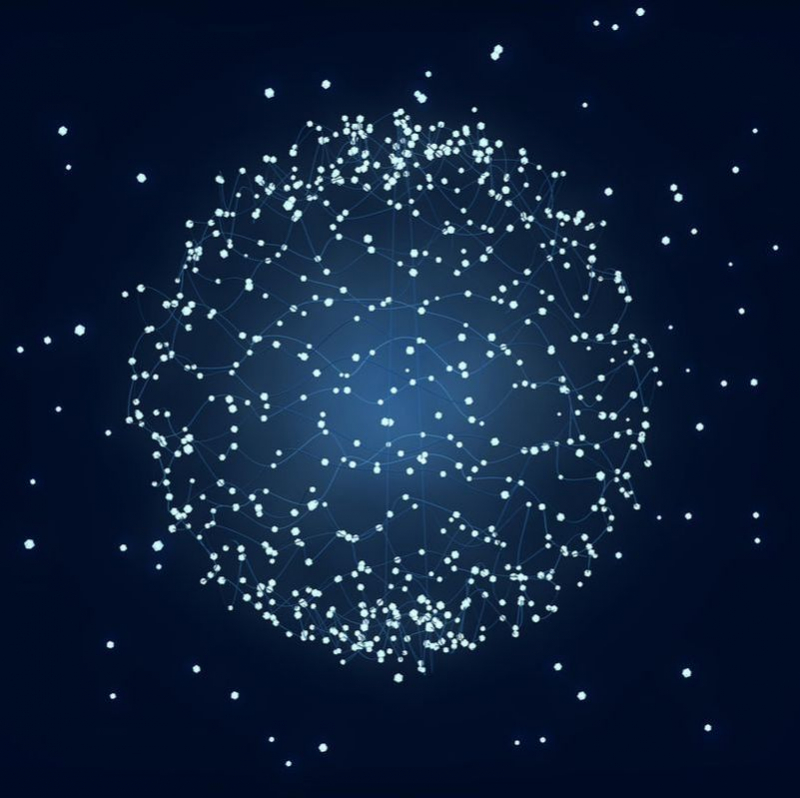
https://www.tachyonize.com/ -
According to science, The universe is governed by four fundamental forces, including, gravity, the electromagnetic force, and the weak and strong nuclear forces. In most circumstances, we have a good grasp on the first three. But gravity is a little unpredictable.
We are aware of the interactions between photons and electromagnetism, quarks and gluons and the strong nuclear force, and bosons and the weak nuclear force. What transmits gravity is a mystery to us. Gravitons, the hypothetical particles that enable gravity to act as a force on objects in the physical world, enter the picture at this point. We don't actually know if gravitons exist, which is the problem with them. They remain hypothetical. Gravity is not actually explicable by science.
Surprisingly, despite the fact that we cannot be certain that gravitons exist, we do know a lot about them. We are aware that they have zero mass or nearly zero mass and move at the speed of light. Why then can't we locate them?
Since gravity is the weakest of the four forces, tracking it can be challenging. According to estimates, a gravity detector with Jupiter's mass put close to a neutron star or another super massive object would still struggle to pick up any signals.Composition: Elementary particle
Statistics: Bose–Einstein statistics
Family: Tensor boson
Interactions: Gravitation
Status: Hypothetical
Symbol: G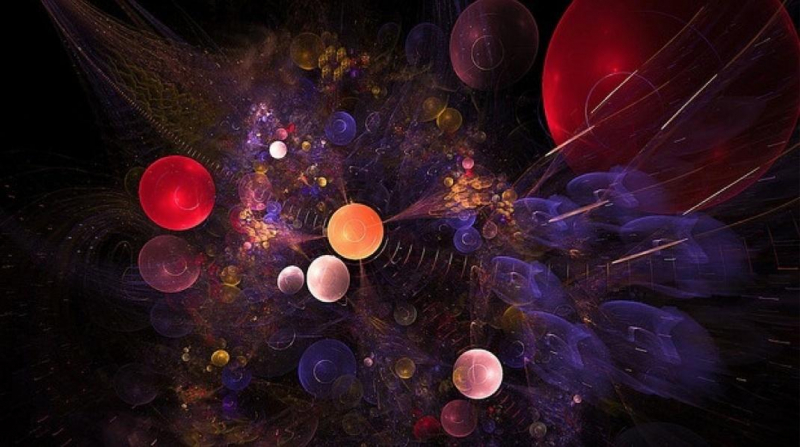
https://www.pbslearningmedia.org 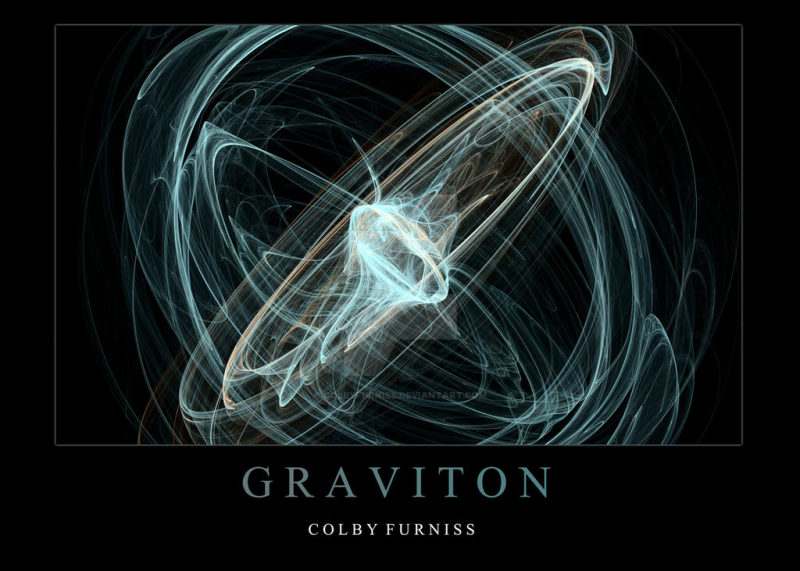
https://colbyfurniss.deviantart.com/ -
It makes sense to reduce the tetraquark to the basic quark since we previously discussed it. Quarks and gluons are produced during the breakdown of protons and neutrons, for example. Quarks come in six different varieties and are usually found in pairs. In reality, attempts to separate a quark from its other half by physicists have failed miserably. They either have a bond with one another or they don't.
Atomic mass results from interactions between quarks and gluons. That effectively suggests that quarks and gluons are the source of all mass in matter as we currently understand it. Quarks go beyond most particles, which are typically classified as having a positive, negative, or neutral charge. Additionally, they are said to have a color charge, which has a connection to a concept known as quantum chromodynamics. This uses the hypothetical hues of red, blue, or green to characterize their distinct quantum features even though these colors aren't actually present.
Composition: elementary particle
Statistics: fermionic
Generation: 1st, 2nd, 3rd
Interactions: strong, weak, electromagnetic, gravitation
Symbol: q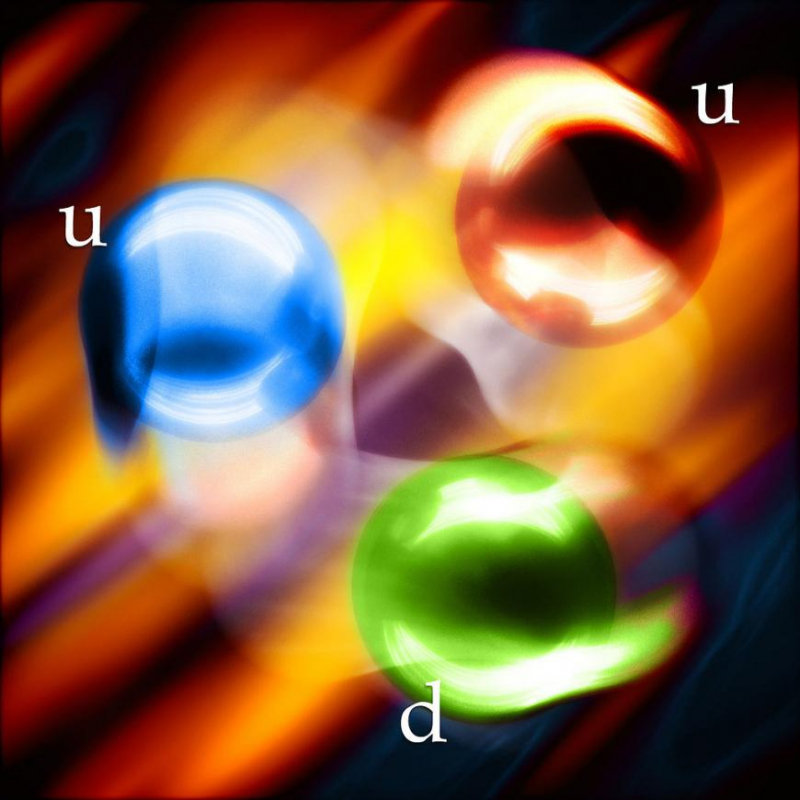
http://thescienceexplorer.com 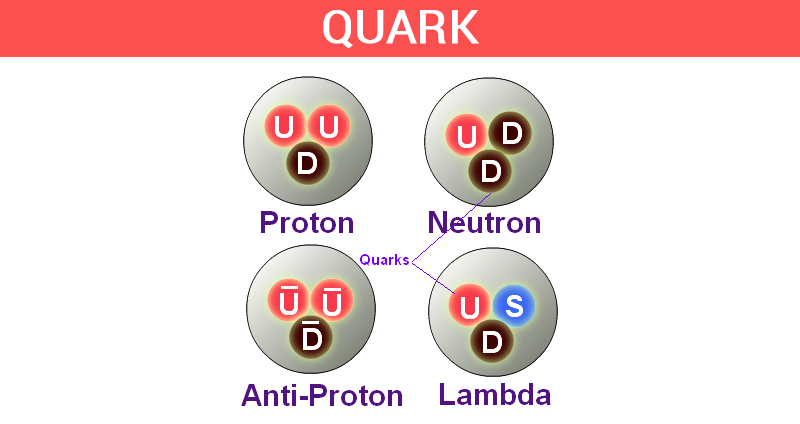
https://byjus.com -
Muons are among the fundamental particles of existence, just like quarks. They are larger than electrons and 207 times heavier than electrons. They exist for only 2.2 microseconds before dissipating into neutrinos and electrons, demonstrating their brief existence. They are created when cosmic rays collide with airborne particles, and in just 2.2 microseconds, they are able to bombard the earth and penetrate roughly a mile below the surface because of their near-lightspeed flight.
Researchers at the Large Hadron Collider have discovered that muons don't always behave in a way that makes sense to physics. To put it simply, they sway. They shouldn't, though. Furthermore, the fact that they wobble suggests that there may be still another particle, about which no one has yet even hypothesized, that is influencing their operation.
Composition: Elementary particle
Statistics: Fermionic
Family: Lepton
Generation; Second
Interactions; Gravity, electromagnetic,weak
Symbol: μ−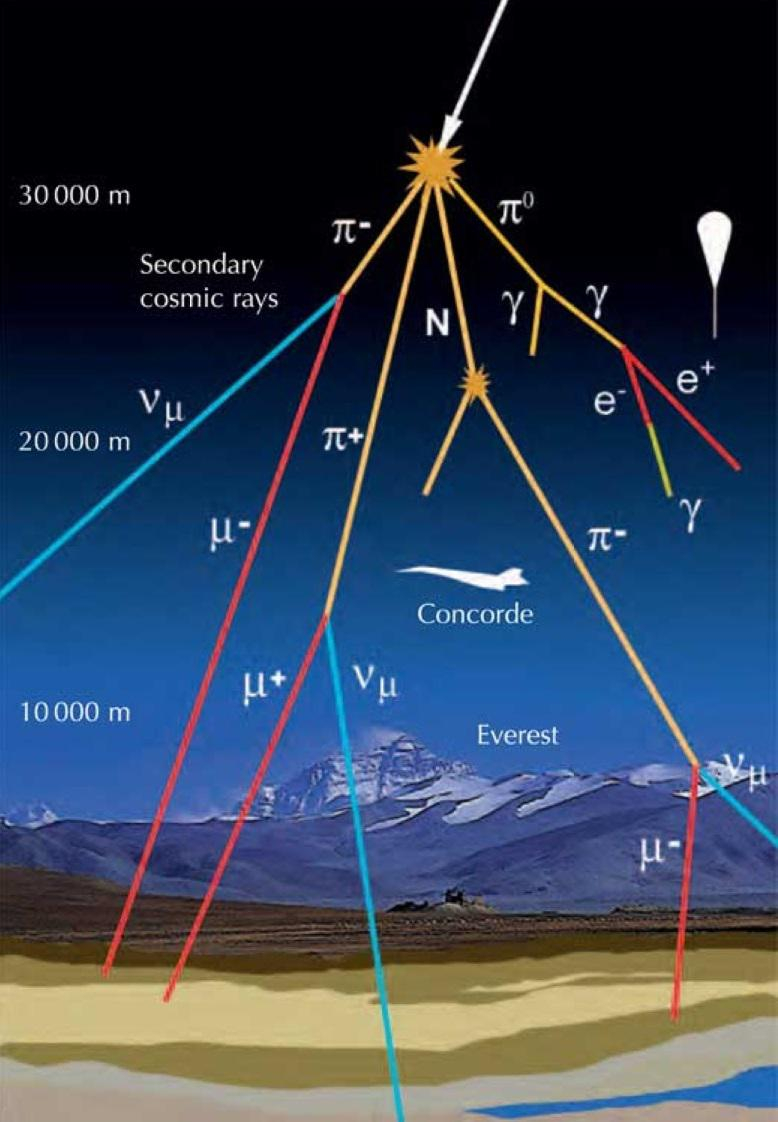
http://www.forbes.com 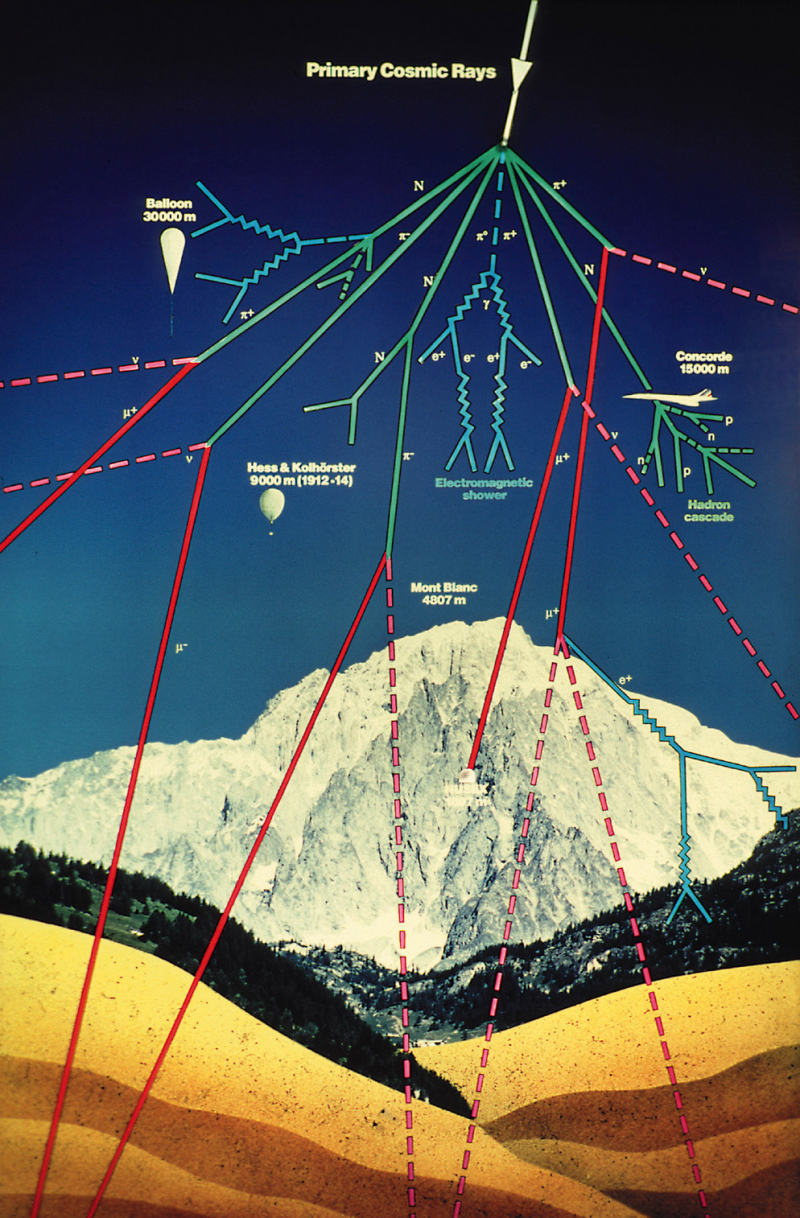
https://theheartthrills.wordpress.com/ -
The word "neutrino" has been used quite a bit in science fiction over the past few decades, if you've watched any of it. It's a well-known one, and even though most of us don't understand the science, it still sounds intriguing. Neutrinos have a much more intense existence in reality than the most of us ever understand. They are atomic-scale objects created by exploding stars and other galactic catastrophes. They move almost as quickly as light, and good luck trying to stop one because they can pass through lead just as easily as you can through an open door.
A neutrino has an incredibly low mass. If you don't already have a strong foundation in physics, the numbers used to describe it won't signify a thing. They nevertheless have a smaller mass than an electron by about 500,000 times. They do not, however, have an electrical charge like an electron. A neutrino is thus hardly anything at all because it has neither mass nor charge. They are nonetheless also everywhere. You receive around a billion of them per second from the sun. The fact that a neutrino possesses mass, however minuscule, may help to explain the universe's overall mass and the existence of matter rather than antimatter all around us.
Composition: Elementary particle
Statistics: Fermionic
Family: Leptons, antileptons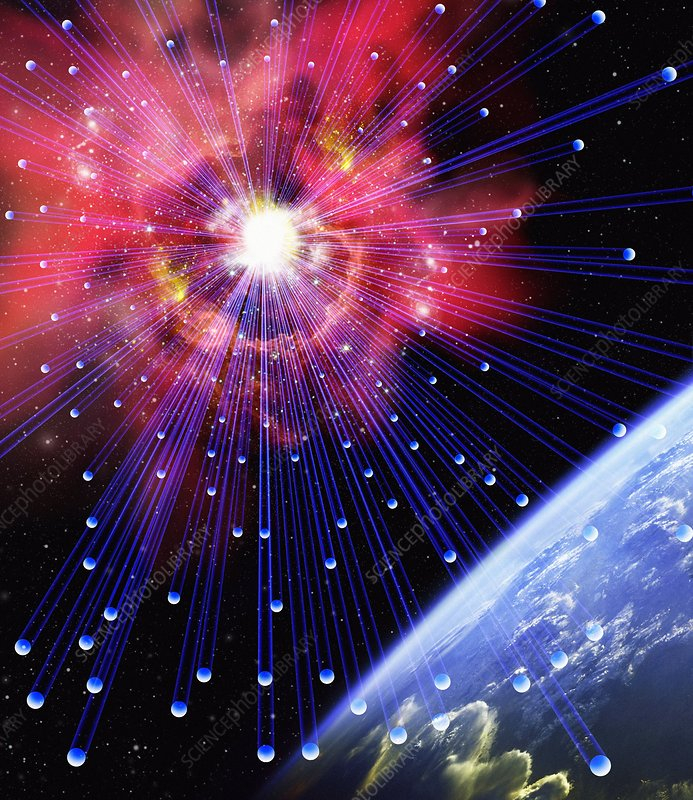
https://www.sciencephoto.com/ 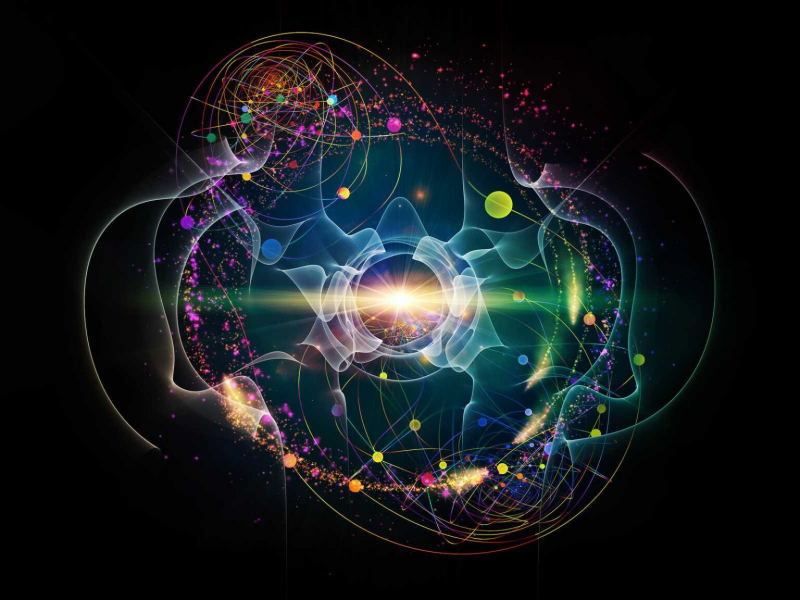
https://asymmetrex.com/ -
The tiniest conceivable pieces of matter, quarks, are the easiest way to understand them. Iron atoms make up an iron object. These atoms are composed of protons and electrons. However, even if you dismantled those, all that would be left would be quarks. They exist in six different varieties and are amusingly referred to as "flavors." They have mass and spin. As well as being paired up and down, top and bottom, and charm and weird, these flavors are also grouped together. Crazy, huh? Actually, it gets stranger.
The tetraquark, a rare hadron composed of two quarks and two antiquarks, was discovered by scientists in 2021. Before its discovery, it was commonly believed to be impossible. Evidence from the Large Hadron Collider disproved the notion that the particles could ever form bonds with one another. The identification of the tetraquark will provide scientists with fresh resources to help them comprehend the strong interaction, which connects quarks to form neutrons and protons.

https://www.ibtimes.sg/ 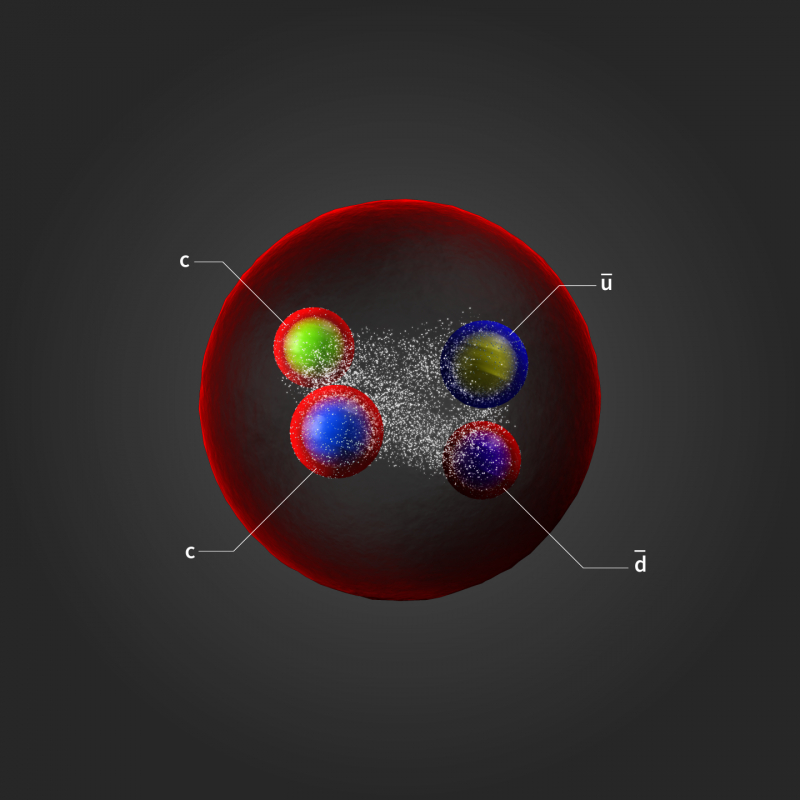
https://home.cern/ -
When physicists refer to a particle as the God Particle, they are really implying that it is something much, much larger. To be fair, the particle's correct name is the Higgs boson, but physicist Leon Lederman chose the catchier term because it can be difficult to convince the media to care about particles.
In 2013, the Higgs boson's existence was established. It was theorized in the 1960s, though, so the search for it took a while. Stephen Hawking lost a $100 wager he made that it would never be found. Mark that day on your calendars since he has also been quoted as predicting that the Higgs boson will eventually annihilate the universe.
You have to assume that the Higgs boson is quite spectacular after all this hype, and the truth is that it is truly astonishing. But let's try; it does take some time to comprehend. A fundamental particle is a boson. All of the fundamental forces of the cosmos, including electromagnetism and the weak and strong nuclear forces, are caused by bosons.
An energy field called the Higgs field gives electrons and other particles like them mass. To put it plainly, Higgs bosons contribute to the creation of particle mass in the cosmos. It is challenging to locate the boson in nature since it has a great deal of mass yet a short lifetime. But its presence supports much of what we already know about the Standard Model of Physics and contributes to the justification of the existence of any particle. Additionally, it might shed light on dark matter and expose even more unknown particles.- Fun fact: Lederman didn't actually refer to it as the God Particle. Because of his frustration with how difficult it was to find, he called it the Goddamn Particle. His name was changed by his publisher.
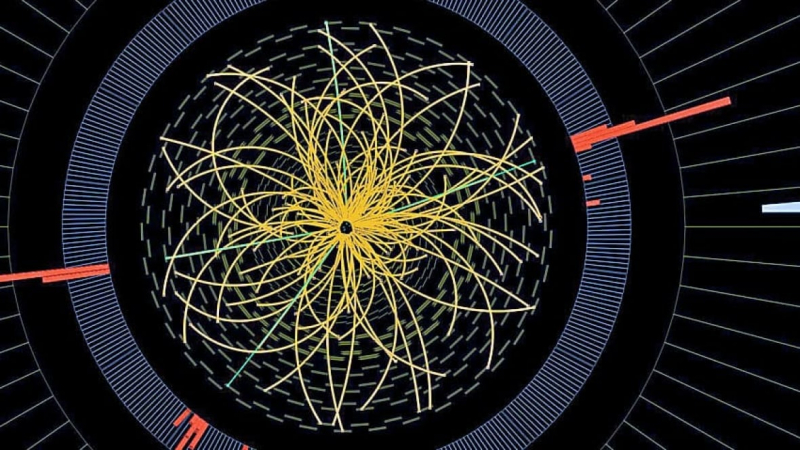
http://www.cbc.ca/ 
https://fineartamerica.com












